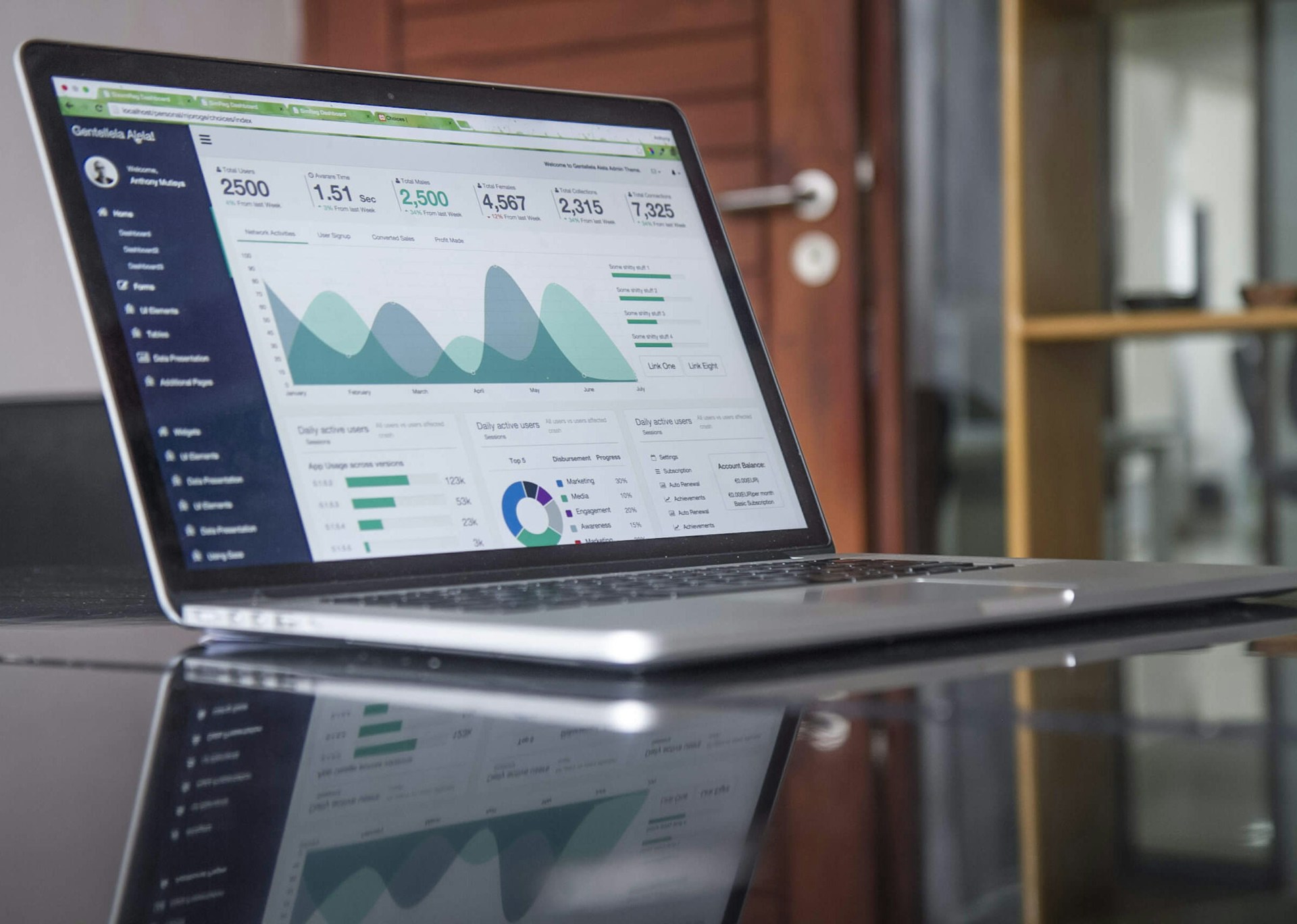
In the world of data, the greatest temptation is to jump straight into the technology. To open Power BI, connect to a data source, and start "drawing" charts. This approach is almost always a recipe for failure, leading to slow, confusing, and, above all, useless dashboards that end up being ignored by everyone.
A successful dashboard is not born from a tool, but from a strategy. And a strategy is always born from the right questions. Before writing a single line of code, an expert consultant guides the client through a discovery phase to build a solid foundation. Here are the 5 fundamental questions I ask with my clients at the start of every project.
This is the most important question, the North Star of your entire project. We don’t ask, "what data do you want to see?" but rather, "what business problem are you trying to solve?". The answer cannot be a generic "I want to see sales." It must be deeper, more specific, and tied to a clear business outcome.
A dashboard without a clear business objective is merely a stylistic exercise, not a professional tool. Getting the "Why" right ensures that every single element we build is purposeful and contributes to a tangible business result.
A dashboard is a product, and every good product is designed for a specific user. A dashboard for a CEO must be different from one for a marketing specialist or an operations manager. The CEO needs a high-level, immediate, and strategic overview (the classic "traffic light" indicators). The specialist, on the other hand, needs to be able to dig deeper, apply filters, and analyze the details to find the root cause of a problem.
Designing without a specific end-user in mind is like speaking a language no one understands.
This is why defining a "User Persona" (e.g., "Giulia, the Marketing Manager") is a crucial step in my UX-first design process. It allows us to build with empathy and ensure the final product is genuinely useful.
A dashboard is not meant to be passively "looked at"; it is meant to "trigger an action." Its value is not in the data it shows, but in the quality of the decisions it enables. For every chart and every KPI we consider including, we must ask ourselves: "What specific decision will be made by looking at this number?". If the answer is vague or "none," then that element is likely just noise and should be ruthlessly eliminated.
Thinking in terms of decisions forces us to design a tool that is active, not passive.
Only now, after defining the Why, Who, and Action, do we talk about metrics. Based on the decisions to be made, we identify the few, fundamental Key Performance Indicators (KPIs) that will tell us if we are moving in the right direction. The most common mistake is to drown a dashboard in dozens of secondary metrics, creating a "data dump" that is impossible to interpret. My job is to help the client distinguish the signal from the noise.
A number on its own means nothing. Is "€10,000 in revenue" good or bad? It depends. Compared to last month? Compared to the same month last year? Compared to our target?
Every KPI must be presented with the right context (a trend, a comparison, a goal) to transform it from a simple data point into an insight that tells a story. Without context, data is just information; with context, it becomes intelligence.
Starting with these five questions shifts the focus from technology to value. It is the first and most critical step in transforming a data visualization project from a simple cost into a powerful strategic investment. If you too want to start on the right foot, let's talk about your project.
Have an idea or a challenge to solve? Tell me about it, and I'll personally get back to you.
